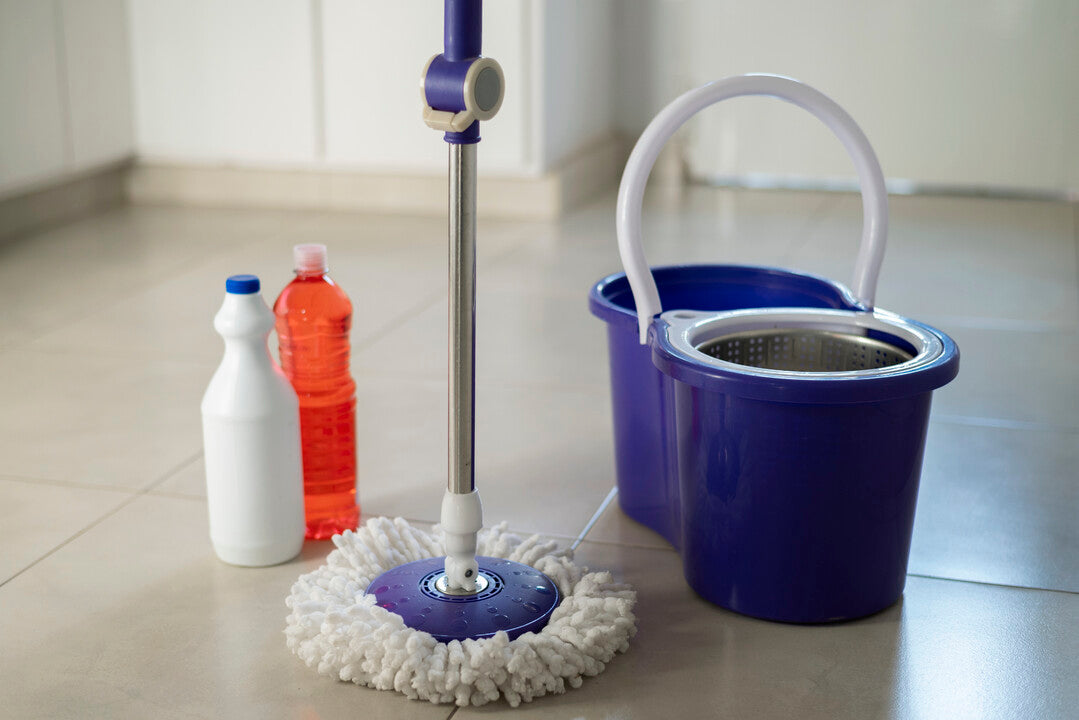In the quest for a sparkling clean home, many of us turn to the most effective cleaning solutions available on the market, often without a second thought about their ingredients. However, it's high time we pause and scrutinize what's actually in these bottles that we liberally spray and mop around our living spaces. A deep dive into the composition of these cleaning products reveals the widespread use of phenolic compounds and other chemical actives. This choice might be doing more harm than good, especially in households across India and beyond.
The Hidden Dangers Lurking in Your Cleaning Closet
At the heart of the concern are phenolic compounds and other chemical actives, which, despite their cleaning prowess, pose significant health risks. These chemicals, favored by major manufacturers for their efficacy, can be particularly harmful if not carefully managed. Consumers need to become vigilant label-readers, ensuring they understand the concentration of these compounds in their cleaning products. The lack of attention to these details can lead to inadvertent exposure to harmful chemicals, especially in countries like India, where cleaning is often outsourced to domestic helpers, distancing the decision-makers from the direct implications of their choices.
Unseen Victims: Children and Pets at Risk
The most vulnerable to these hazardous compounds are, without a doubt, children and pets. The innocent act of children crawling on freshly cleaned floors and the inevitable hand-to-mouth behavior that follows exposes them to these dangerous chemicals at a very close range. Similarly, our pets, who spend much of their time in contact with the floor, are at risk. Their paws can absorb harmful phenolic compounds and other chemical actives, which can then be ingested during grooming. This exposure is not just a fleeting concern but a profound health risk that demands immediate attention.
Environmental Fallout: A Cycle of Harm
The ramifications of using phenolic compounds and other chemical actives extend beyond the confines of our homes. These chemicals are notorious for their resistance to biodegradation. Once washed away, they infiltrate the water table, contaminating our very sources of water. In an ironic twist of fate, the water drawn from borewells, possibly for cleaning, might already be tainted with the remnants of these harmful compounds, thus perpetuating a cycle of pollution that's hard to break.
A Call to Action: The Need for Awareness and Change
It's alarming to note that, according to estimates, between 60% to 80% of households rely on chemical-laden products for cleaning, underscoring a widespread lack of awareness about the dangers these substances pose. Moreover, the practice of diluting phenyl in water with bare hands can result in as much as 15% of the chemical being absorbed through the skin, a statistic that highlights the direct health risks involved.
In light of these concerns, we must shift towards safer, more sustainable cleaning practices. This involves not only choosing products with safer ingredients but also advocating for greater transparency from manufacturers about what their products contain. It's a call to action for consumers to prioritize health and the environment over convenience, to ensure that the quest for cleanliness doesn't come at an unacceptable cost.
The Way Forward
As we navigate the complexities of maintaining a clean and safe home, the importance of being informed and cautious cannot be overstated. By opting for eco-friendly and non-toxic cleaning alternatives, we can protect our loved ones and the planet. It's a change that begins with awareness and culminates in action, a movement towards a cleaner, safer future that starts with the choices we make today.
In wrapping up, let's consider this: the true measure of a clean home isn't just in its sparkle, but in the safety and health of the environment and individuals who live in it. It's a reminder that sometimes, the most significant impact we can make starts with the smallest of changes, like reading a label.

